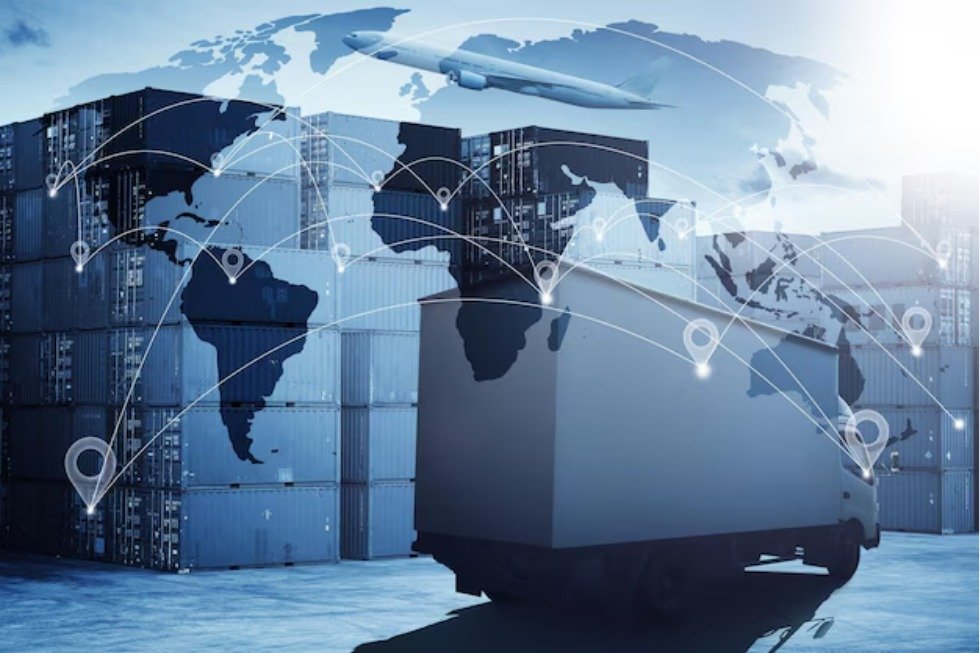Regulatory Lifecycle Management
At complypharma.ai, we offer comprehensive Regulatory Lifecycle Management services to help pharmaceutical companies manage every stage of regulatory compliance. From initial submissions to renewals and post-approval monitoring, our expert team ensures your products stay compliant with global regulations throughout their entire lifecycle.
Stay compliant effortlessly with complypharma.ai.
Our end-to-end Regulatory Lifecycle Management ensures your pharmaceutical products remain compliant from submission to post-approval. We simplify complex processes with automated tracking, timely updates, and expert support.
Why Is Regulatory Lifecycle Management Important?
Navigating global regulatory frameworks requires constant monitoring and timely action. A complete lifecycle management strategy ensures that your pharmaceutical products remain compliant from initial approval to post-market activities, minimizing risk and maximizing market success.
Benefits of Comprehensive Lifecycle Management:
- Ensures timely submissions and renewals
- Reduces the risk of non-compliance and market withdrawal
- Enhances global market stability and continuity
- Simplifies complex regulatory obligations


Why Choose complypharma.ai for Regulatory Lifecycle Management?
Service Testimonial
Dr. Ananya Sharma
Mr. Rajesh Mehta
Ms. Priya Nair
Service FAQ
What is the purpose of regulatory approvals?
To ensure products are safe, effective, and meet quality standards before reaching the market.
Why is proper documentation important?
It provides accurate information needed for regulatory review and helps prevent delays or rejections.
What is the difference between paper and electronic submissions?
Paper submissions use physical documents, while electronic submissions are digital, faster, and more efficient.
What are the key steps in regulatory submission?
Data collection, document structuring, quality review, submission preparation, and responding to queries.
How do global regulatory authorities differ?
Each authority has its own guidelines, formats, and processes based on regional regulations.
Why is certification important for manufacturing facilities?
It proves the facility meets international quality standards, allowing products to enter global markets.
What happens if a submission is rejected?
The issues must be addressed, additional data may be provided, and the submission can be resubmitted.

